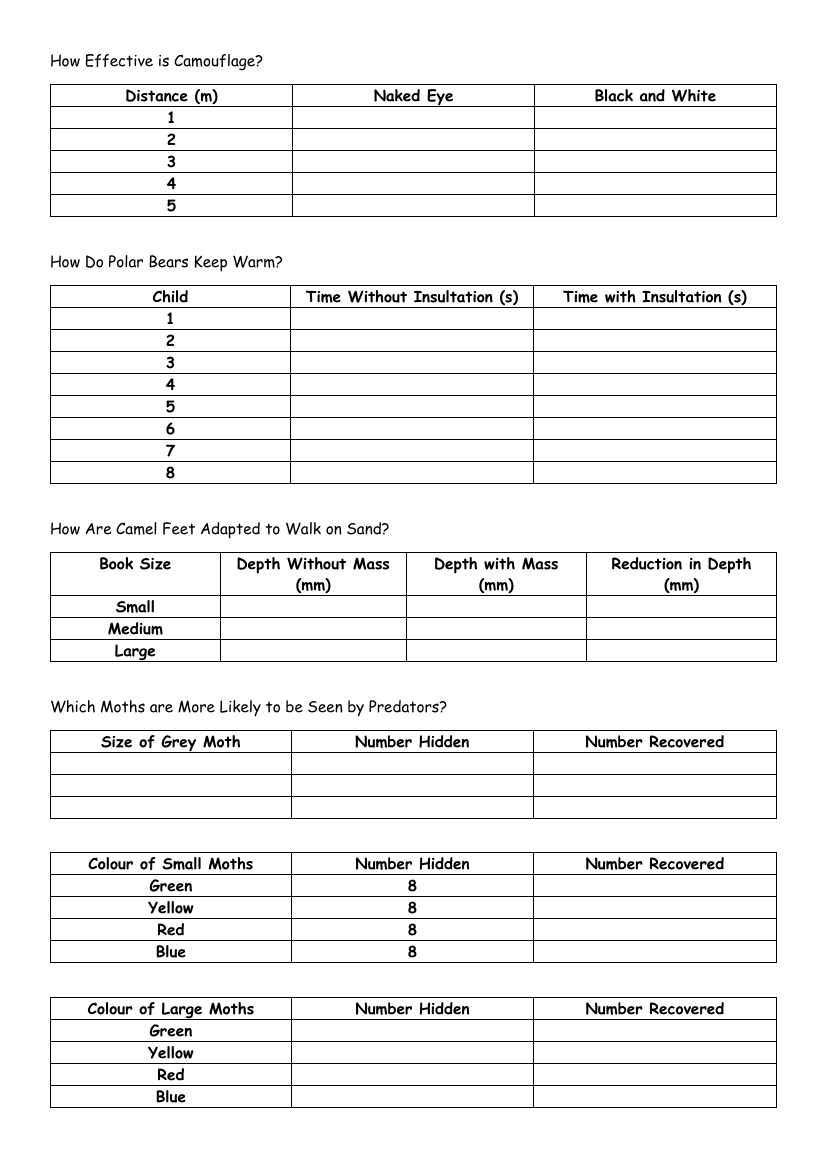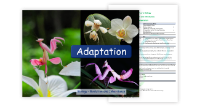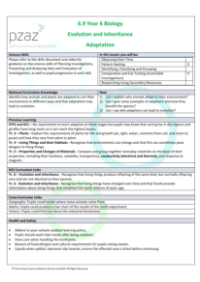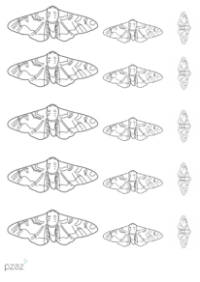Adaption - Results Tables

Science Resource Description
The exploration of animal adaptations is a fascinating study, and several experiments have been designed to understand these adaptations better. One such experiment investigates the effectiveness of camouflage. Here, the visibility of objects using the naked eye versus black and white vision is recorded at distances ranging from 1 to 5 meters. Another experiment focuses on the insulation properties of polar bear fur, measuring the time a child can withstand cold without insulation compared to with insulation, for eight children. This provides insight into how polar bears keep warm in frigid environments.
Additionally, the adaptability of camel feet is studied by measuring the depth impressions made on sand without and with mass for small, medium, and large book sizes, and calculating the reduction in depth. This mimics how camel feet are designed to walk on sand efficiently. The susceptibility of moths to predators is also examined, by recording the number of grey moths hidden and then recovered, and comparing the visibility of small and large moths in green, yellow, red, and blue colours. These results tables help scientists and students alike to understand the intricacies of animal adaptations in their natural habitats.







